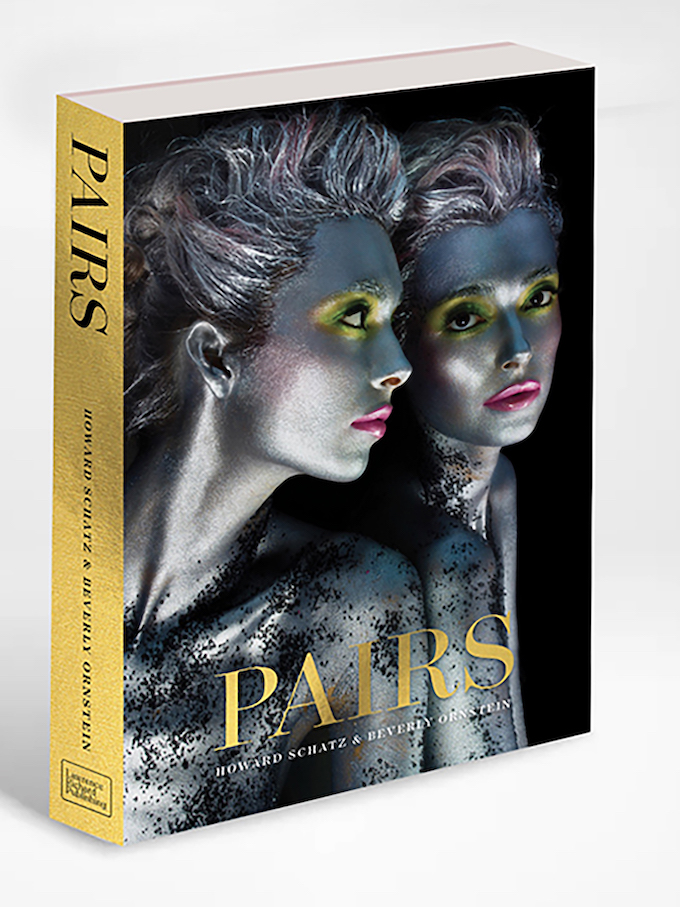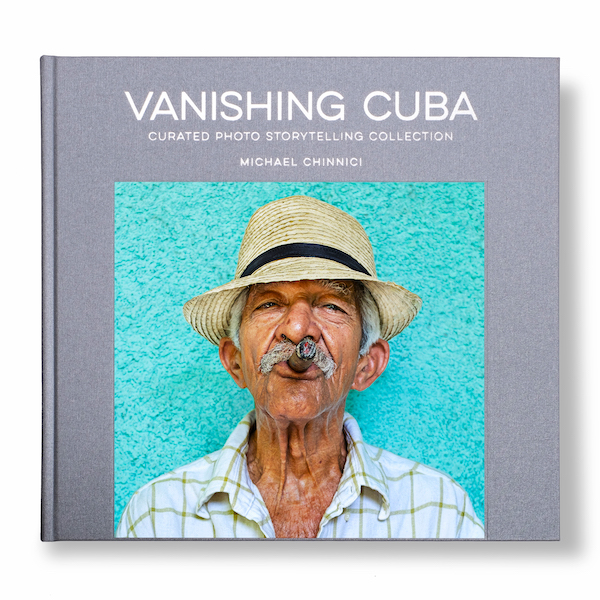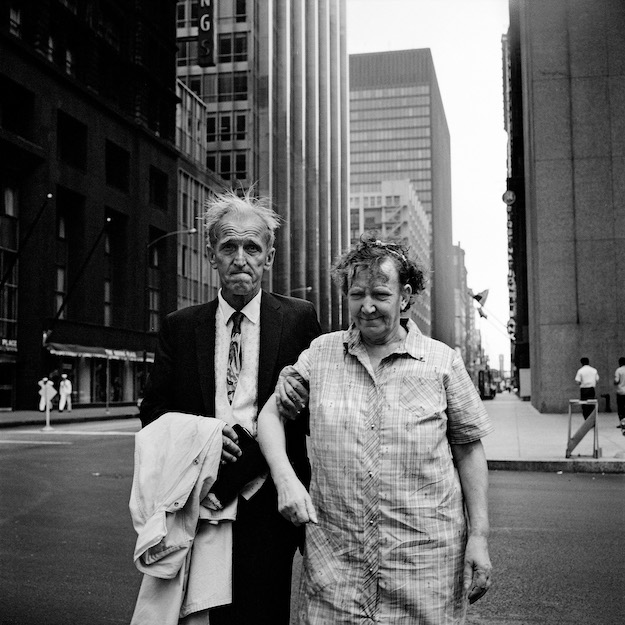3 Self-Improvement Photo Books
March 15, 2016

iPhoneography PRO: Techniques For Taking Your iPhone Photography to the Next Level
By Robert Morrissey
Amherst Media | 144 pp.
To the puzzlement, and in some cases the chagrin, of the purists in our ranks, smartphones—especially Apple’s popular iPhones—are now edging their way into the workflow of professional and advanced amateur photographers. (And if you don’t believe us, check out this Sephi Bergerson’s professional portfolio that includes this wedding shot entirely on an iPhone). Amid the recent proliferation of how-to literature that addresses this trend, one book just released late last year is a standout, both for the eager, snapshot novice and the serious, pro-DSLR-toting shooter.
Robert Morrissey recalls his initial skepticism about the prospects of producing anything but lo-res snaps with what he considered little more than a sophisticated plaything. But right up front in the book’s intro, he admits to his dramatic conversion. “I wanted to prove that the iPhone camera could not be that amazing camera it has been advertised as,” he writes. “I was wrong… Sometimes the iPhone camera was easier to use with better results than my pro cameras. Wow! I can’t believe I just said that!”
The real crux of this book seems to demonstrate the available array of image enhancement and editing tools—mostly in the form of third-party apps—that empower iPhone photography and make it such a remarkable addition to any photographer’s repertoire. You’ll recognize many of the problem-solution scenarios Morrissey has selected—low light levels, the need to change lenses up or down, add a closeup accessory, freeze action, correct for camera shake, make exposure adjustments or improve a shot with off-camera lighting. These are all situations we usually confront in conventional DSLR shooting by accessorizing with filters, optics, gadgets and after-capture software plug-ins. Not so for the iPhone shooter. In Morrissey’s estimation, every iPhone is a compact, internalized imaging universe unto itself, where you can solve practically every problem with a combination of your own good photographic sense, and apps that are readily accessible.
Price: $34.95

Teaching Photography: Tools for the Imaging Educator Second Edition
By Glenn Rand, Jane Alden Stevens and Garin Horner
Focal Press/Taylor and Francis group | 336 pp.
This strong entry from photo book publisher Focal Press could easily be subtitled, “How to improve your own photography by learning to teach.” The book is targeted to the academic community but, perhaps unwittingly, its message will easily resonate with shooters as well as teachers.
By examining in scholarly detail the process of learning photography and developing crucial skill sets (there are chapters on photographic technique, evaluating creativity, problems, solutions and assignments, and photographic careers), Teaching Photography provides a pretty good model for self-evaluation. It’s something all serious photographers can use, and rarely get enough of until we cast our lots in the commercial world. In that rugged environment, learning is a far less forgiving activity than in the classroom.
Price: $49.95 (soft cover)

The Minimalist Photographer
By Steve Johnson
Rocky Nook | 144 pp.
“The brain and the eye are far more important than the camera,” according to Steve Johnson. Thus, the “minimalist” approach, which pares down your equipment requirements and your subject candidates to modest configurations. Equipment, writes the author, should be relatively spartan, though it need not be the cheapest stuff available. “I’m making the case,” he writes, “for not spending a fortune that you do not need to spend.” His own camera choices are a point-and-shoot and one modest DSLR. His editing and after-capture software preference is Lightroom over the complex and pricey Photoshop. And his workflow is simplicity itself, defaulting to time-saving techniques like discarding unwanted images as he shoots, and doing all of his editing in Lightroom. Johnson—formerly a full-time painter—promotes simple, graphic shapes, often in extreme close-ups that reduce objects and people to their “essence.”
Price: $42.95




